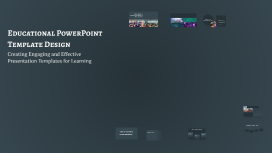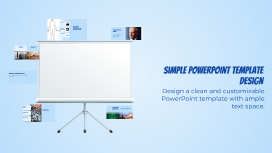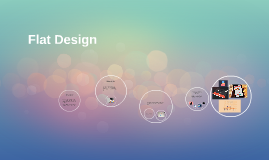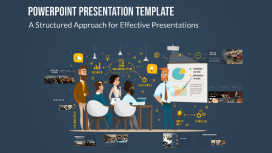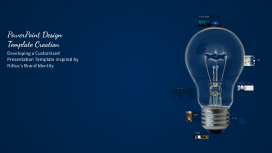PowerPoint Presentation Template
Transcript: Introduction to PowerPoint Designing Effective Slides Importance of Visuals Visuals play a crucial role in retaining information, with studies showing that people remember 80% of what they see compared to just 20% of what they read. Incorporating images, graphs, and diagrams can clarify complex concepts, making them easier to understand and recall. Benefits in Education PowerPoint presentations promote active learning by encouraging interaction and participation. They provide a structured format that helps educators convey information efficiently, making lessons more engaging and memorable for students. Overview of Template Features Choosing the Right Colors Modern PowerPoint templates include various features such as built-in design ideas, customizable layouts, and multimedia integration. These features can streamline the creation process, allowing educators to focus on content delivery rather than design. Typography Best Practices Color choice significantly impacts audience perception and emotional response. Utilize complementary colors for contrast and legibility, ensuring text is easy to read against backgrounds. Consider color psychology while selecting palettes to evoke desired feelings related to your content. User-Friendly Design Elements Effective typography enhances readability and accentuates crucial information. Use no more than two font families, maintain adequate contrast between text and background, and keep font sizes consistent—generally, 24pt for headings and 18pt for body text work best. Animations and Transitions Incorporating Graphics and Images Animations should be used sparingly to avoid distracting the audience. Subtle transitions can guide attention and maintain flow, while key points may be animated for emphasis, helping to engage viewers without overwhelming them. Visuals can reinforce messages and make slides more engaging. Limit image use to enhance rather than clutter, selecting high-quality graphics that support the content and ensure they're relevant to the key points being communicated. Enhancing Audience Engagement Content Structuring Techniques An Educational Resource for Engaging Learning Incorporating Data and Charts Outlining Key Points Q&A Sessions Interactive Elements Incorporating interactive elements like polls, quizzes, and live demonstrations enhances engagement. Research indicates that interactive presentations can increase retention by 50%, making the learning experience more dynamic and memorable. Visual data representation through charts can highlight trends and insights effectively, aiding understanding. Graphs and infographics can convey complex information quickly, making them essential tools for impactful presentations. Clear outlines serve as roadmaps, guiding both presenter and audience through the content. By identifying primary topics and subtopics, speakers can enhance focus and ensure comprehensive coverage of essential material in educational presentations. Q&A sessions facilitate real-time interaction, allowing audience members to address their specific inquiries. This not only clarifies doubts but also fosters a sense of community and open dialogue, increasing audience investment in the material. Feedback Mechanisms Best Practices for Delivery Engaging Storytelling Methods Using Bullet Points vs. Text Implement feedback mechanisms such as surveys or feedback forms post-presentation. This provides valuable insights for improvement and shows the audience their opinions are valued, further enhancing engagement. Effective delivery can significantly boost audience engagement. Key practices include maintaining eye contact, using varied vocal tones, and practicing clear body language to foster a more engaging atmosphere throughout the presentation. Bullet points simplify information, allowing key ideas to stand out without overwhelming the audience. They enhance retention by categorizing concepts, while full text blocks can dilute focus and engagement in presentations. Storytelling captivates audiences, allowing them to relate to the material personally. Incorporating storytelling techniques can enhance emotional connection, making the content more relatable and memorable for learners.







